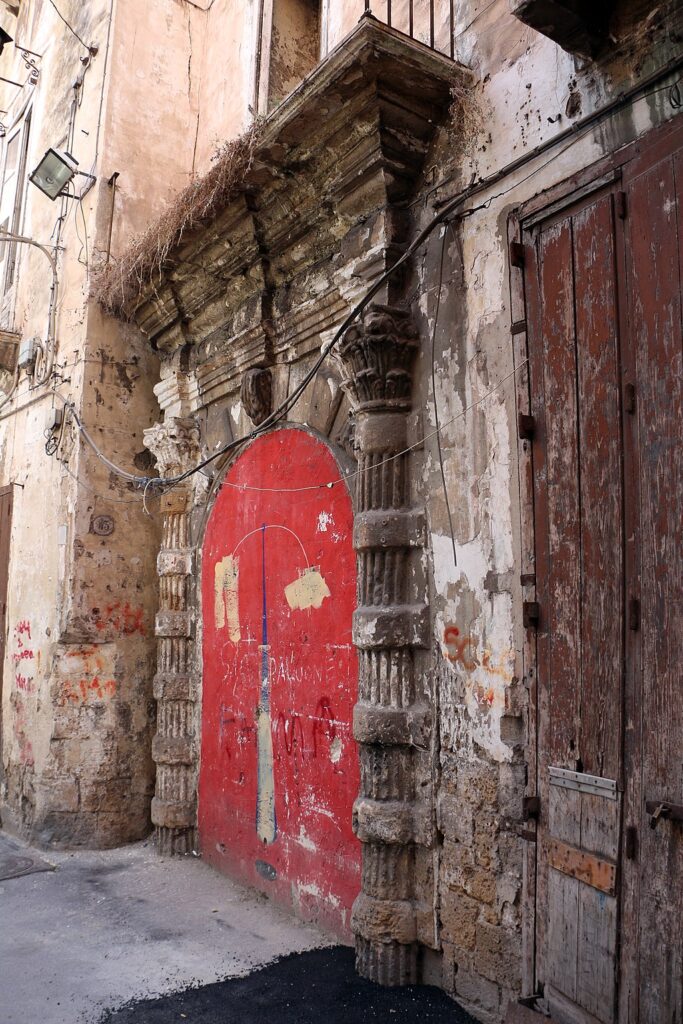Like a shell: Taranto in the gaze of Pier Paolo Pasolini
The two “domestic” seas, the fishermen’s harbor, the glories of yesteryear on the facades of noble palaces, the popular soul: the city of Taranto bewitched Pier Paolo Pasolini. “Galeotto” was the trip along the Italian coast that would become the subject of the reportage “The Long Sand Road,” published in three installments in the monthly “Success.”
The year was 1959, Taranto was still a provincial town little marked by industrial modernity, except for the British, Italian, and American warships moored in the military port. Nothing foreshadowed the sight that, only six years later, Europe’s largest steel mill would be born there, whose presence would eventually affect the image, and life, of the city.
Taranto: Pasolini’s words and the soul of the city
“Taranto, which on its two seas sparkles like a giant shattered diamond,” Pasolini wrote in introducing the Ionian city to readers, and again, “living there is like living inside a shell, an open oyster.”
In the summer of ’59, silhouetted in the Taranto sky were still the buildings, and the dressing rooms scattered along the waterfront, where men and women occupied different spaces to preserve decorum.
An age of innocence whose intimate beauty the writer captured, a world necessarily destined to disappear, still charged with its original wonder.
Today in the downtown streets, along the harbor and in the Old Town, Taranto’s charm still resists the sirens of modernity. It can be glimpsed on the elevations of the ancient palaces with their layered histories, in the temper of the inhabitants, in the traditions that are repeated from year to year-such as the rites of Holy Week-celebrated for their spectacularity.




